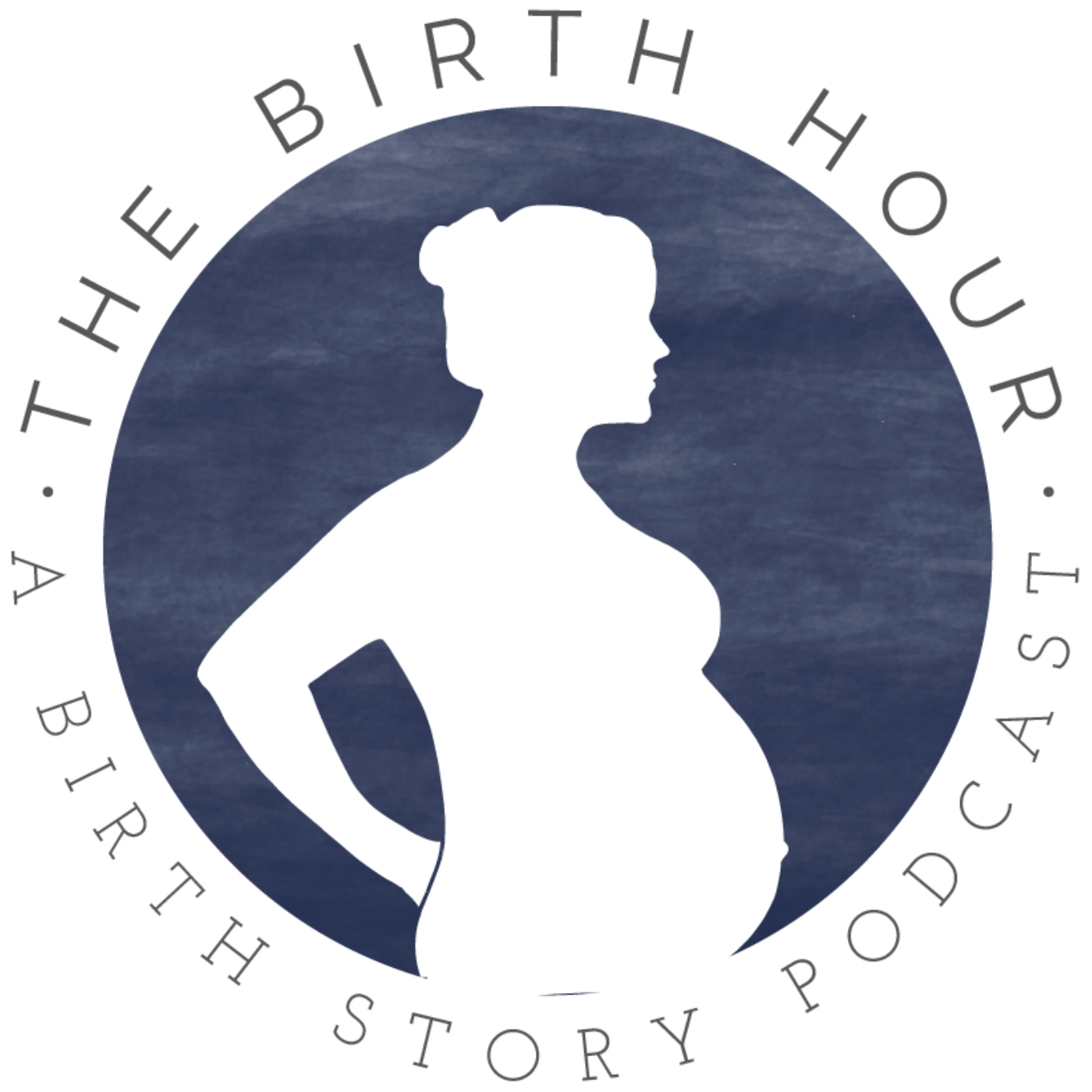- Kids & Family
- Parenting
- SEE MORE
- classical
- general
- talk
- News
- Family
- Bürgerfunk
- pop
- Islam
- soul
- jazz
- Comedy
- humor
- wissenschaft
- opera
- baroque
- gesellschaft
- theater
- Local
- alternative
- electro
- rock
- rap
- lifestyle
- Music
- como
- RNE
- ballads
- greek
- Buddhism
- deportes
- christian
- Technology
- piano
- djs
- Dance
- dutch
- flamenco
- social
- hope
- christian rock
- academia
- afrique
- Business
- musique
- ελληνική-μουσική
- religion
- World radio
- Zarzuela
- travel
- World
- NFL
- media
- Art
- public
- Sports
- Gospel
- st.
- baptist
- Leisure
- Kids & Family
- musical
- club
- Culture
- Health & Fitness
- True Crime
- Fiction
- children
- Society & Culture
- TV & Film
- gold
- kunst
- música
- gay
- Natural
- a
- francais
- bach
- economics
- kultur
- evangelical
- tech
- Opinion
- Government
- gaming
- College
- technik
- History
- Jesus
- Health
- movies
- radio
- services
- Church
- podcast
- Education
- international
- Transportation
- Other
- kids
- podcasts
- philadelphia
- Noticias
- love
- sport
- Salud
- film
- and
- 4chan
- Disco
- Stories
- fashion
- Arts
- interviews
- hardstyle
- entertainment
- humour
- medieval
- literature
- alma
- Cultura
- video
- TV
- Science
- en
373| Gestational Thrombocytopenia, ECV, Positive Unmedicated Birth & Retained Placenta - Kate Baldwin

Kate and Andy live in Portland, Oregon, and were delighted to become parents after meeting in college. They were in no rush, after being together nearly 13 years before the birth of their daughter, Caroline, but were thrilled when their pregnancy-journey began so swiftly. Both recognized that is often not the case and felt so grateful because of this! Kate knew she wanted to prepare for an unmedicated birth. She felt good and remained super active throughout her pregnancy. However, at 34 weeks, her pregnancy took a turn when Kate learned her baby was in the breech position. On top of this, Kate had developed gestational thrombocytopenia, which can cause a greater risk of postpartum hemorrhage. With the pending arrival of their breech baby, Kate was fearful this would mean she would have to be put under and have a c-section to deliver. At week 37, in an effort to preserve her wish to have an unmedicated birth, Kate and Andy made the decision to undergo an external cephalic version (ECV) to turn their breech baby and were thrilled when it was successful.
Kate's labor began just shy of 39 weeks, and after a fast journey to transition, Kate stalled at 9 cm for several hours because the baby was posterior. In the end, Kate was proud of her dedication to an unmedicated birth, the preparation she did to be successful, and the choices she made to get to that point. Even so, Kate suffered from a retained placenta that was not discovered until 5 weeks postpartum. She describes the pain and symptoms to watch for so you can advocate for yourself during the postpartum period.